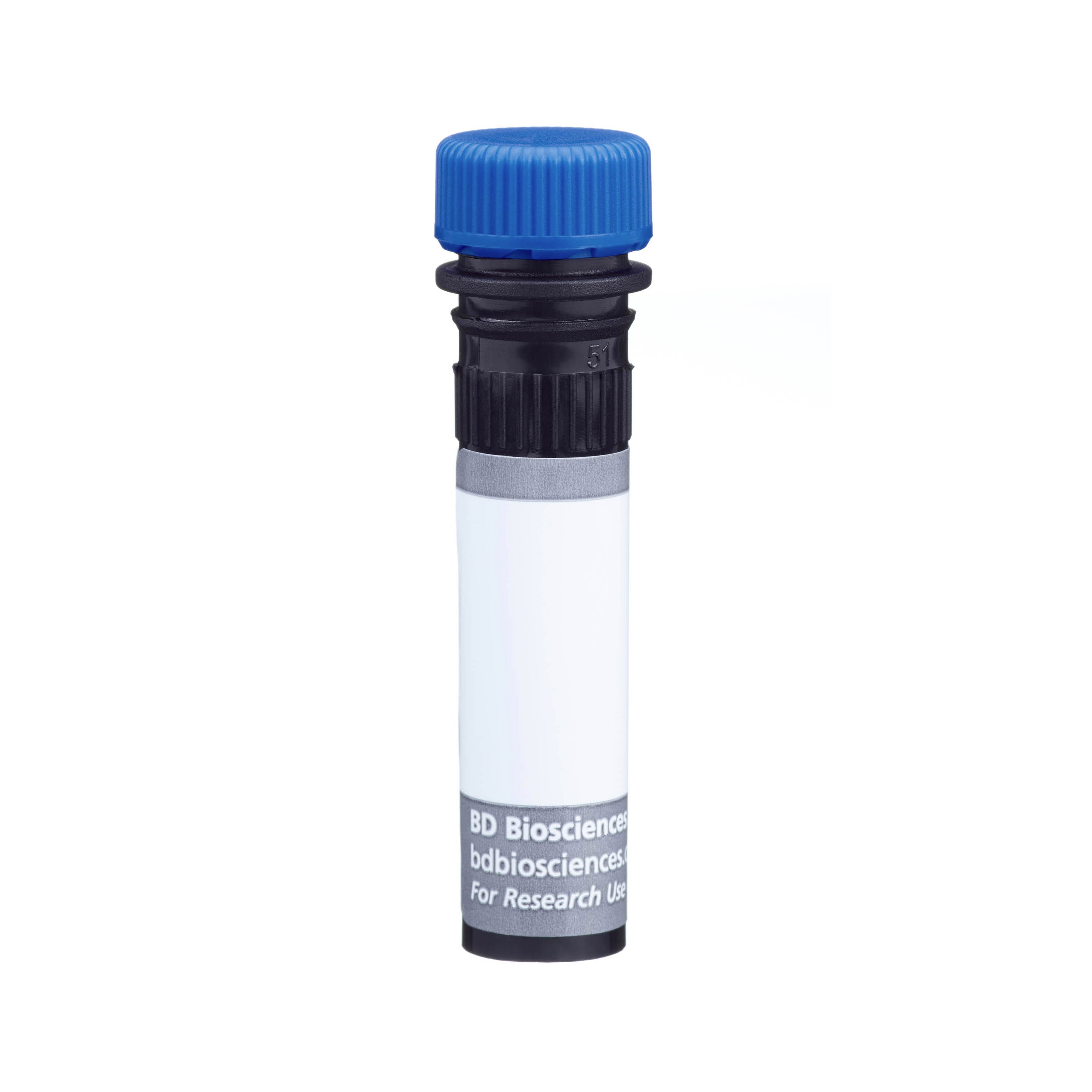The HP-MA4 monoclonal antibody specifically recognizes several Killer Cell Immunoglobulin-like Receptors (KIRs) which are also known as CD158 molecules. HP-MA4 recognizes Killer cell immunoglobulin-like receptor 2DL1 (encoded by KIR2DL1; aka, CD158a and NKAT-1), Killer cell immunoglobulin-like receptor 2DS1 (KIR2DS1; CD158h), Killer cell immunoglobulin-like receptor 2DS3 (KIR2DS3; NKAT-7), and Killer cell immunoglobulin-like receptor 2DS5 (KIR2DS5; CD158g, NKAT-9) which are collectively known as KIR2DL1/S1/S3/S5 (CD158). These type I transmembrane glycoproteins are encoded by polymorphic genes and have 2 extracellular Ig-like domains (KIR2D, domains D1 and D2) followed by a transmembrane region and either long (L) or short (S) cytoplasmic domains. Various CD158 molecules are differentially expressed by CD56dim natural killer (NK) cells and some T cells and can regulate their cytotoxic effector functions. Although different KIR gene content varies amongst haplotypes for individuals, certain "framework" genes including KIR3DL3, KIR3DP1, KIR3DL4, and KIR3DL2, are found in all haplotypes. KIR2DL1 has a long cytoplasmic domain with two tyrosine-based inhibitory motifs (ITIM) that enables inhibitory signal transduction by ligand-bound KIR2DL1 leading to reduced cytotoxic effector cell activity. KIR2DS1, KIR2DS3, KIR2DS5 (KIR2DS1/S3/S5) proteins each have a short cytoplasmic tail with a positively charged amino acid in their transmembrane region which allows association with the DAP12 transmembrane protein. DAP12 acts as an activating signal transduction element through its immunoreceptor tyrosine-based activation motifs (ITAMs) in its cytoplasmic domain leading to upregulated cytotoxic effector cell function. Some MHC class I molecules can serve as ligands for CD158 molecules, with HLA-C ligands reported for KIR2DL1, KIR2DS1, and KIR2DS5.
The antibody was conjugated to BD Horizon™ BUV496 which is part of the BD Horizon Brilliant™ Ultraviolet family of dyes. This dye is a tandem fluorochrome of BD Horizon BUV395 with an Ex Max of 348-nm and an acceptor dye with an Em Max at 496-nm. BD Horizon BUV496 can be excited by the ultraviolet laser (355 nm) and detected with a 515/30 nm filter with a 450LP. Due to the excitation of the acceptor dye by other laser lines, there may be significant spillover into the channel detecting BD Horizon V500 or BV510 (eg, 525/40-nm filter). However, the spillover can be corrected through compensation as with any other dye combination.





